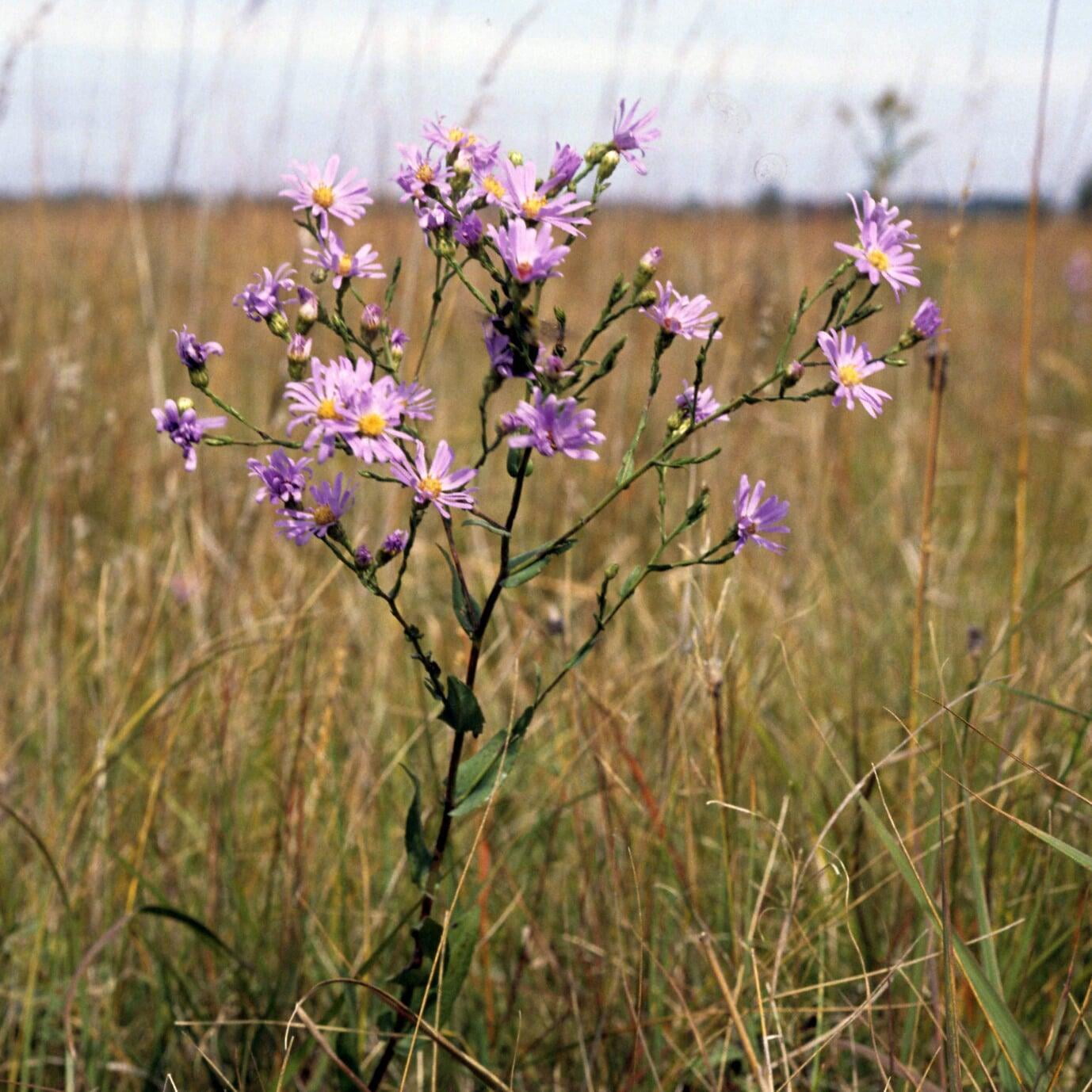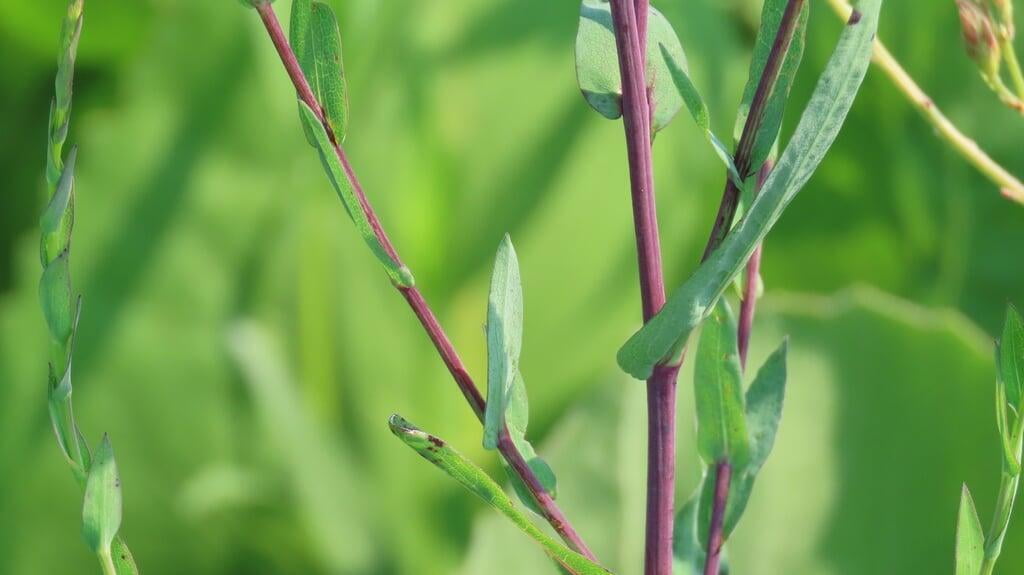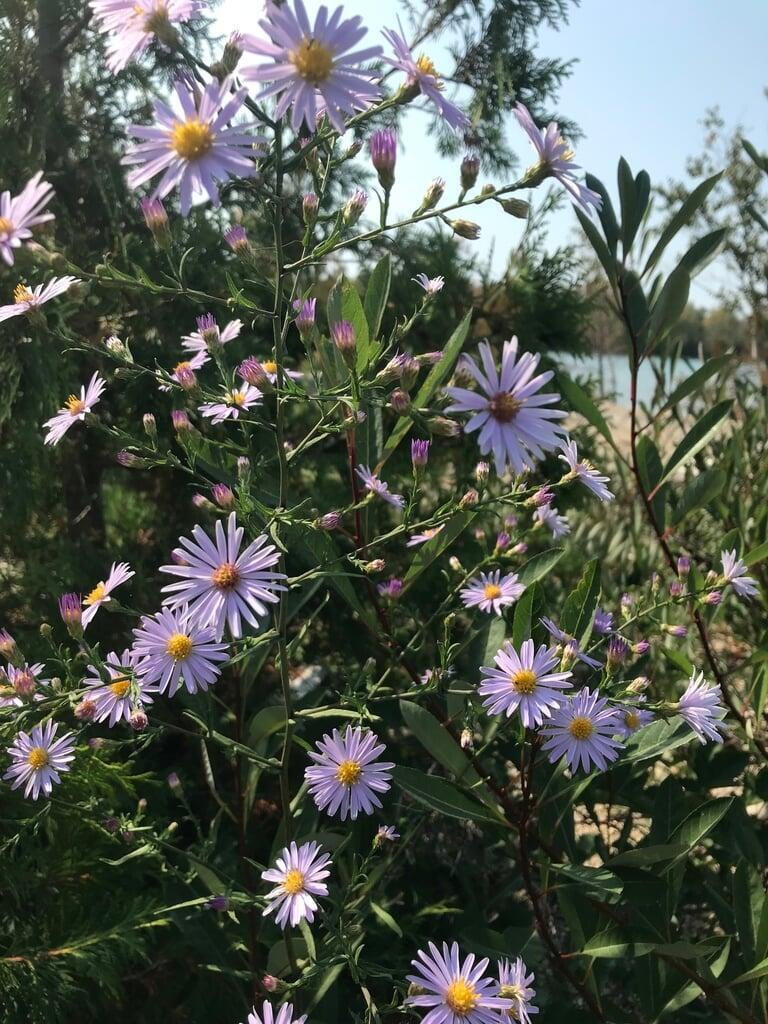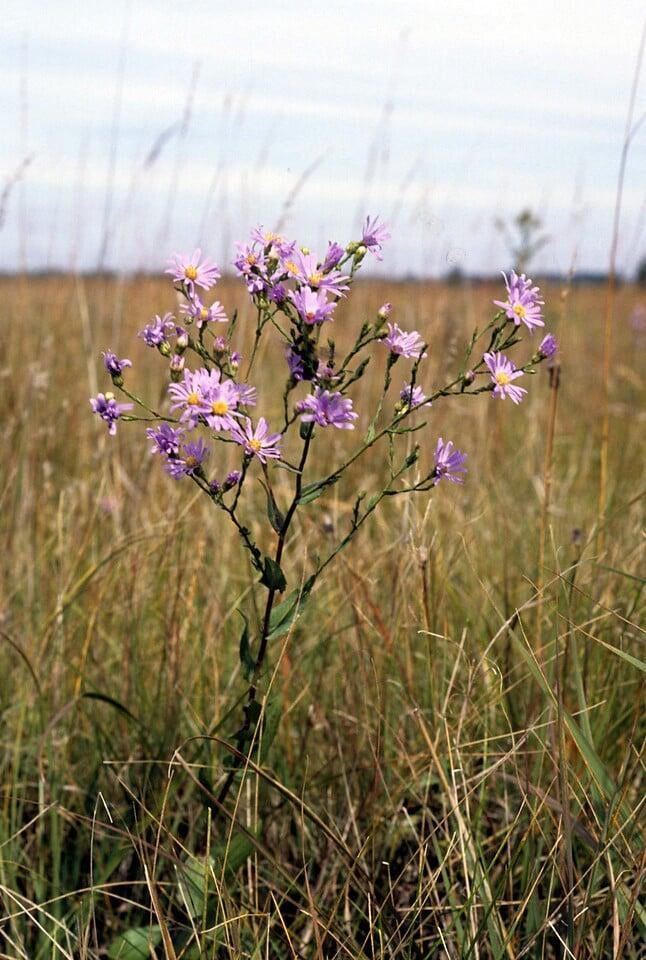Symphyotrichum laeve
Smooth aster Description:
Symphyotrichum laeve, commonly known as the smooth blue aster, is a wildflower species that is native to North America. It belongs to the Asteraceae family, also known as the aster family, and is a member of a large and diverse group of flowering plants that includes sunflowers, daisies, and asters. This plant is a fall-blooming species, with its flowers typically appearing in August and September. The flowers are typically small and blue, with yellow centers, and are borne in clusters at the end of the stems. The plant typically grows to be between one and three feet tall and is well-adapted to a variety of soil and moisture conditions.
In addition to its aesthetic qualities, Symphyotrichum laeve is also ecologically important. As a member of the aster family, it provides important nectar and pollen resources for a variety of insect species, including bees, butterflies, and moths. It is also an important food source for many species of birds and mammals, and serves as a host plant for several species of butterfly larvae. Furthermore, this plant has been used for medicinal purposes by indigenous peoples, with the roots and leaves being used to treat a variety of ailments, including respiratory issues, fevers, and digestive problems.
Native Range:
Smooth aster can be found across most states in the United States. In Minnesota, Smooth aster is found widely across the state in nearly all regions.
Standard Plant Information:
Plant Height: 1' - 3'
Bloom Time: August - October
Preferred Habitat: Does well in full sun. Often found in dry fields, prairies, and open woods.
Sowing:
For most homeowners, the best option is to scatter seed on the ground by hand broadcasting at a minimum of 16-64 pls ounces per acre. For even coverage, we recommend that you broadcast seed in perpendicular rows across the site to ensure even coverage.
You’ll want to broadcast any grass seed first, which will get raked into the soil lightly. Next, it is ideal to mulch the area lightly with either a clean (no seed) straw or preferably with our native Little Bluestem straw, sold at our retail garden centers. After a light mulching is complete, now it’s time to broadcast your native wildflower seeds, which should not be raked into the soil. A good rain or watering is sufficient to cover the seed.
Planting:
Simply dig a hole in the soil slightly larger than the plant’s roots. Ensure that the soil line of the plant is maintained during the transfer (i.e. the plant should be at the same level with the ground as it was in the pot). Pack any loose dirt back around the plant and make sure you water it well the same day to ensure it has the best chance of survival.



maps used with permission from MN Wildflowers
Symphyotrichum laeve Gallery
Symphyotrichum laeve Gallery








